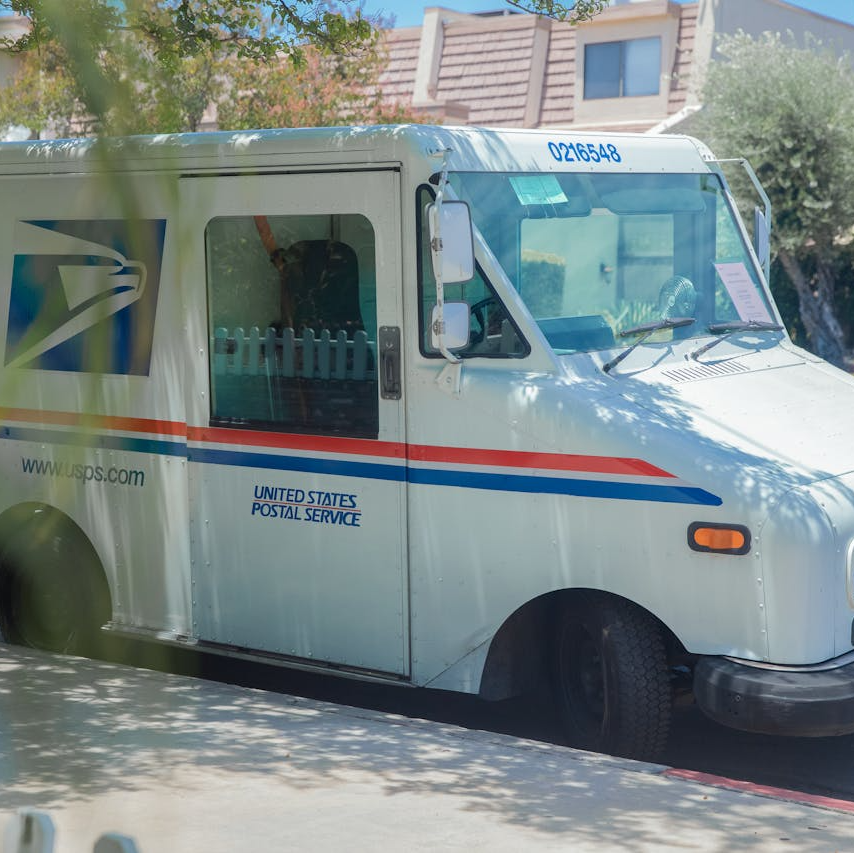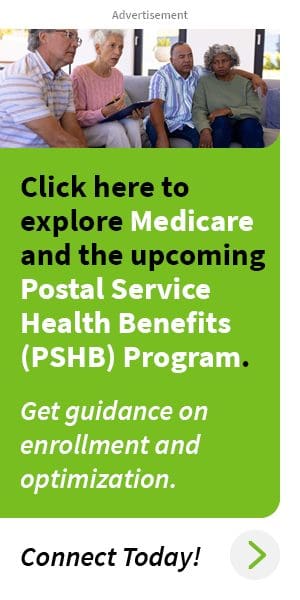Key Takeaways
-
Medicare Part D costs in 2025 may change significantly due to the introduction of new cost-sharing rules, prescription payment options, and Medicare integration with the Postal Service Health Benefits (PSHB) program.
-
Understanding these changes ahead of the Open Season (November to December) will help USPS employees and retirees choose plans that minimize out-of-pocket prescription drug expenses.
Medicare Part D and Your Postal Service Health Benefits in 2025
As a USPS employee or retiree, your healthcare benefits transitioned from FEHB to the new Postal Service Health Benefits (PSHB) program starting January 1, 2025. With this shift, changes in your Medicare Part D prescription drug coverage may influence your overall healthcare costs. Here are four major factors that can impact your Medicare Part D costs significantly this year.
1. The New $2,000 Cap on Out-of-Pocket Prescription Drug Costs
One of the most significant updates for Medicare Part D in 2025 is the introduction of a $2,000 annual out-of-pocket cap for prescription drugs. Previously, there wasn’t a fixed cap, which could leave you facing unpredictably high medication expenses throughout the year.
This change effectively eliminates the infamous “donut hole,” meaning that once your total out-of-pocket spending on covered prescription drugs reaches $2,000, your Medicare Part D plan covers 100% of prescription drug costs for the remainder of the calendar year.
What This Means for You:
-
Predictable budgeting for prescription drug expenses.
-
Relief from high medication costs, especially beneficial if you regularly take costly prescriptions.
-
A clearer, easier-to-understand benefit structure under your PSHB plan.
2. The Medicare Prescription Payment Plan
In 2025, Medicare introduced an optional Prescription Payment Plan designed to help beneficiaries spread their prescription drug costs evenly throughout the year. Rather than paying hefty upfront costs when filling expensive prescriptions, you now have the flexibility to manage payments monthly.
Here’s how it works:
-
Enrollees can opt-in and divide their anticipated prescription expenses into equal monthly payments.
-
This is especially useful if you have medications that require significant out-of-pocket expenses early in the calendar year.
Why It Matters:
-
Enhances affordability and predictability.
-
Reduces financial stress by avoiding large lump-sum payments at the pharmacy counter.
-
Ideal for USPS retirees on a fixed income, ensuring expenses remain consistent throughout the year.
3. Medicare Integration with Your PSHB Coverage
The Postal Service Health Benefits program is closely integrated with Medicare, especially Medicare Parts B and D. This integration significantly influences how prescription drug coverage operates and how much you’ll pay for medications.
Under PSHB:
-
If you or your family members are Medicare-eligible and enrolled in Medicare Part B, your PSHB plan typically offers additional cost savings. This could include lower prescription drug copays, reduced deductibles, and even reimbursement or reduction of Medicare Part B premiums.
-
All Medicare-eligible annuitants and their family members automatically receive prescription drug coverage through a Medicare Part D Employer Group Waiver Plan (EGWP) integrated within PSHB.
Implications for Your Costs:
-
Medicare Part D integration within PSHB may lower overall out-of-pocket expenses.
-
Deductibles, coinsurance, and copayments are typically lower compared to stand-alone Part D plans.
-
Important: Ensure your Medicare enrollment (especially Part B) aligns with PSHB requirements to maximize these savings.
4. Prescription Drug Tier Adjustments and Formulary Changes
Prescription drug formularies—the lists of covered medications—can significantly impact your Medicare Part D costs. In 2025, many Medicare Part D plans within the PSHB program have updated their formularies, potentially affecting which medications are covered and at what cost-sharing tiers.
Drug Tiers Explained:
-
Tier 1 (Generic Drugs): Lowest cost.
-
Tier 2 (Preferred Brand Name Drugs): Moderate cost.
-
Tier 3 (Non-Preferred Brand Drugs): Higher copayments.
-
Tier 4 (Specialty Drugs): Highest copayments, typically for specialized or expensive medications.
Formulary changes could result in certain medications being reclassified into different tiers, directly impacting your out-of-pocket spending.
Steps to Minimize Impact:
-
Regularly review your Annual Notice of Change (ANOC) sent in the fall.
-
Check whether your current medications are affected by tier adjustments.
-
Discuss alternatives with your healthcare provider if necessary to manage prescription costs effectively.
Tips for Managing Your Medicare Part D Costs in 2025
Given these changes, consider the following tips to effectively manage your Medicare Part D expenses this year:
-
Review Your PSHB Options: During Open Season (November to December), closely evaluate how each available PSHB plan covers your prescriptions, especially medications you regularly use.
-
Stay Informed of Medicare Enrollment Requirements: Ensure your Medicare enrollment status (Part B and Part D) meets PSHB guidelines to maximize coverage benefits.
-
Opt into the Prescription Payment Plan: If you have predictable but costly medication expenses, enrolling in this plan can provide financial consistency and peace of mind throughout the year.
Maximizing Your Savings: The Importance of Medicare Part B Enrollment
For USPS employees and retirees, enrolling in Medicare Part B is often necessary to retain your PSHB plan and maximize your Medicare Part D benefits. The integration of Medicare with PSHB is specifically designed to ensure comprehensive coverage and significant cost savings.
-
Medicare Part B enrollment is mandatory for Medicare-eligible USPS annuitants enrolling in PSHB after January 1, 2025, except for specific exemptions.
-
Failure to enroll could result in increased healthcare costs or loss of PSHB benefits.
Carefully reviewing your Medicare enrollment requirements alongside PSHB coverage options ensures you maintain optimal prescription drug coverage at the lowest possible costs.
Staying Ahead of Prescription Costs with Regular Reviews
The easiest way to manage your Medicare Part D expenses effectively is through regular reviews:
-
Annually review your prescription drug coverage during Open Season.
-
Pay close attention to communications from PSHB and Medicare, especially your Annual Notice of Change.
-
Regularly discuss medication alternatives with your healthcare providers.
These proactive measures can significantly minimize unexpected costs and maximize your coverage benefits.
Preparing for 2025 and Beyond
The landscape of Medicare Part D and prescription drug costs continues to evolve, especially within the new PSHB framework. USPS employees and retirees who remain proactive in understanding and adapting to these changes are better positioned to manage healthcare expenses effectively.
Plan carefully, communicate regularly with healthcare providers, and actively participate in Open Season evaluations each year to keep your costs manageable and predictable.
Your Next Step for Expert Guidance
Understanding Medicare Part D and PSHB integration can feel overwhelming, but professional assistance is readily available. Connect with a licensed agent listed on this website to ensure you choose the best coverage options tailored specifically for your healthcare needs and budget.










